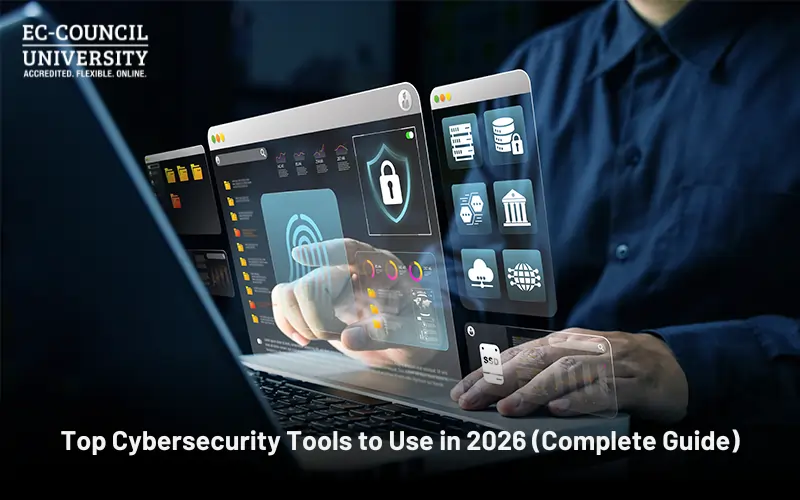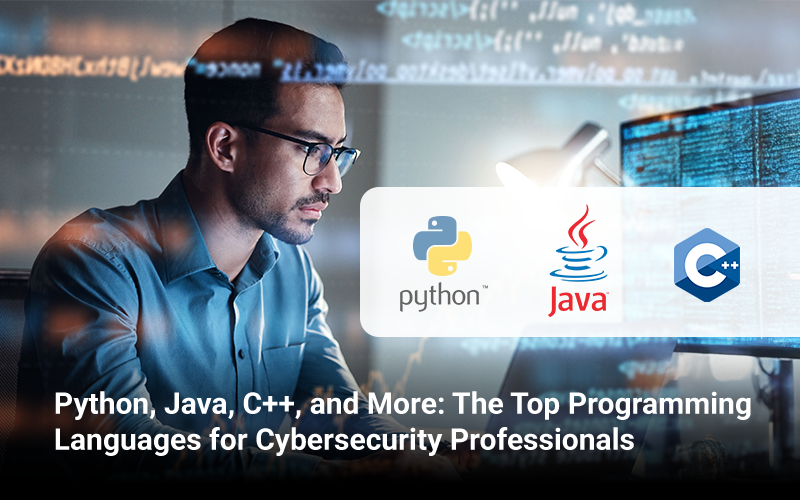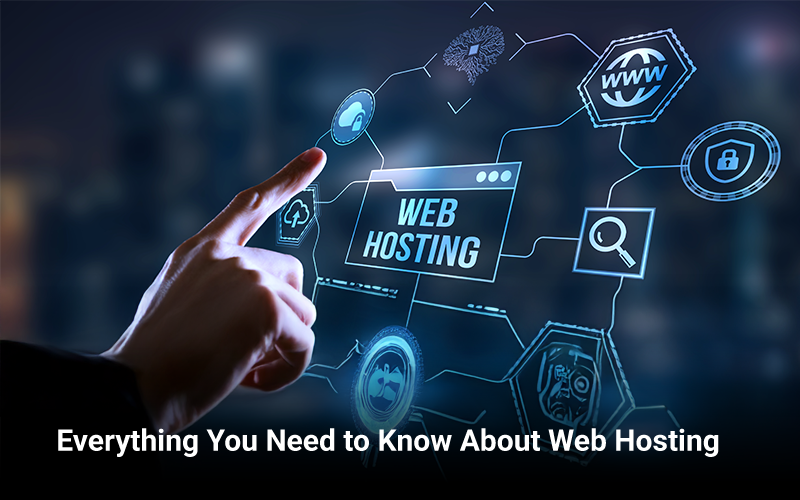Today, AI and IoT are an integral part of most industries and business operations. The technologies are not just transforming industries but redefining the cybersecurity landscape with every innovation, which also brings along new threats. In this new, redefined complex landscape, cybersecurity leadership plays a very critical role.
Not long ago, cybersecurity was seen as a purely technical function. But today, it goes beyond technical expertise, the need to lead with a strategic vision. The way you lead determines how your people think about security, how your organization responds to risk, and how confidently it can innovate in the digital age.
Modern leaders must understand the evolving interplay between AI in cybersecurity and IoT security, anticipate emerging risks before they strike, and inspire teams to see cybersecurity as a shared mission. Let us today learn and understand what cybersecurity leadership looks like in the age of AI in cybersecurity and IoT security, and how you can lead your organization with foresight, adaptability, and confidence while driving innovation responsibly.
How AI and IoT Are Transforming Cybersecurity
AI and IoT technologies have revolutionized industries from healthcare to manufacturing to finance. While technology brings convenience and efficiency, it also multiplies risks. It has significantly blurred the boundaries of security control.
- AI in cybersecurity helps identify anomalies in real time, automating detection and accelerating response.
- Yet, that same AI can be weaponized and used to create adaptive malware, deep-fake scams, and social engineering campaigns.
Meanwhile, IoT also presents a significant amount of risks with increased attack surfaces. From industrial sensors to wearable tech, IoT devices collect and transmit massive amounts of data, often without strong encryption or standardized security protocols. This leaves organizations vulnerable to breaches, ransomware, and data manipulation.
In short, the more connected we become, the more strategic cybersecurity leadership needs to be. Leaders must see beyond technology and anticipate how these systems interact, how they expand the attack surface, and how to build resilience around them. Leadership in this context is about having a vision, the ability to look ahead, foresee emerging threats, and lead digital transformation for building strong cyber resilience.
Understanding the New Era of Cybersecurity Leadership
Today, the cyber landscape is too complex for reactive thinking. It requires leaders with a strategic vision to balance between security and business agility. Now it is not just about defending systems, but also about building trust, managing risk, and empowering innovation safely. That means understanding how AI in cybersecurity can be both a weapon and a shield, and how IoT vulnerabilities can open backdoors to entire networks if not adequately secured.
The significance of leadership lies in aligning –
- Business goals with security priorities
- Teams under a shared sense of vigilance
- Technology with ethical oversight
- Guiding innovation responsibly
When your people see leadership that treats cybersecurity not as an IT problem but as a shared responsibility, they follow suit.
How is the Role of Cybersecurity Leaders Redefined in the Current Era?
So, what does effective cybersecurity leadership look like in this new era?
It is about shifting from a reactive to a proactive mindset. The best leaders are not waiting for incidents to occur; they are building intelligent defense ecosystems that evolve as quickly as the threats.
Here is how you can start:
- Develop AI Literacy: Understand the potential and limitations of AI in cybersecurity. Learn how machine learning models detect anomalies and how they can complement your team’s expertise.
- Foster Collaboration: Break silos between IT, operations, and executive teams. Cybersecurity should be part of your organizational DNA, not an afterthought.
- Emphasize Ethical Decision-Making: As AI takes on more decision-making power, leaders must ensure transparency and fairness in automated systems.
By combining technological insight with ethical leadership, you’ll build a security culture that’s both resilient and trusted.
What are the Common Challenges in the Age of AI and IoT
Let’s be honest, leading cybersecurity in this era isn’t easy. You are facing challenges that didn’t even exist a decade ago.
1. AI-Driven Threats: Cybercriminals now deploy AI-powered malware, capable of evading traditional security systems.
2. IoT Vulnerabilities: Many IoT devices are built for functionality, not protection. A single compromised sensor could become an entry point for an attacker.
3. Regulatory Pressures: With the evolving data privacy laws (like GDPR and NIST frameworks), compliance is more complex than ever.
Talent Shortage: Globally, the industry has been witnessing an increasing demand for skilled cybersecurity professionals, but the talent gap only continues to widen.
That is why cybersecurity leadership today requires a balance between technical depth and strategic vision; knowing how to navigate these challenges while empowering your team.
What is the Strategic Role of Business Leaders in Building Cyber Resilience
Leading effectively to build cyber resilience requires more than just awareness. You need a well-planned cybersecurity roadmap. Here is what you are expected to do to strategically lead and strengthen your cybersecurity posture:
1. Foster a Security-First Culture:
Create awareness across all levels of your organization. You need to build a strong cybersecurity culture within your organization by setting examples and leading the way to prioritizing security. Encourage every employee to understand the significance of their role in safeguarding their organization.
2. Implement AI-Powered Defense
Leverage AI in cybersecurity tools for quick and effective predictive analytics and anomaly detection. These advanced security tools are designed to identify irregular network behavior long before it becomes a full-blown breach.
3. Identify and Manage Shadow AI
Shadow AI refers to the unauthorized use of AI tools or models by employees, which poses emerging risks such as data leakage, compliance violations, and inaccurate decision-making.
Business leaders must:
- Establish clear policies for approved AI tools.
- Monitor AI usage across the organization.
- Provide secure, vetted AI solutions to reduce the temptation for employees to adopt unapproved tools. Proactively governing Shadow AI prevents hidden risks from undermining your security strategy.
4. Conduct Regular Cybersecurity Risk Assessments
Conduct regular cybersecurity risk assessments to ensure optimal cyber hygiene is maintained. The risk assessment helps identify vulnerabilities across your IoT devices, networks, and applications. It ensures you’re prioritizing the most critical threats.
5. Strengthen IoT Security
Establish clear IoT security policies for device management, encryption standards, and software updates to ensure optimal security and compliance. Ensure that third-party vendors comply with your cybersecurity standards.
6. Adopt a Zero Trust Framework
Assume that no user or device is inherently trustworthy. Use continuous authentication, micro-segmentation, and real-time monitoring to minimize exposure.

7. Implement a Robust Incident Response Plan
Cyber incidents should be anticipated and not reacted to blindly. An effective incident response plan ensures your organization can contain threats quickly and recover with minimal impact.
Leaders should:
- Define clear roles and escalation paths.
- Conduct tabletop exercises to test readiness.
- Establish communication protocols for internal teams, customers, and stakeholders.
- Regularly update the plan as threats evolve. Preparedness drastically reduces downtime and business disruption.
8. Prioritize Security Awareness Training
Employees are frontline defenders against cyber threats. Regular, engaging training helps them recognize phishing attempts, unsafe behaviors, and social engineering tactics.
Leaders must ensure:
- Frequent training sessions tailored to evolving threats.
- Simulated phishing campaigns.
- Role-based training for high-risk teams (finance, IT, HR). A well-informed workforce significantly reduces the likelihood of human-driven cyber incidents.
These proactive steps empower you to lead confidently, knowing your organization is prepared, not just protected.
The Future Outlook of Cybersecurity Leadership
Looking ahead, the intersection of AI and IoT will only deepen. We are entering an age of autonomous defense systems, real-time threat prediction, and AI-governed compliance. But technology alone won’t define success; leadership will. The most effective cybersecurity leaders will combine strategic foresight, ethical use of AI, and a people-first approach.
As a leader, you must ensure that innovation and security efforts advance hand in hand.
Lead with Integrity, Vision, and Courage
In the age of AI and IoT, cybersecurity leadership plays a crucial role. Here the leadership role is about having the vision and foresight to building secure systems and operations. It is about being proactive in building strong cyber resilience. Today you have all the advanced tools, data, and intelligence to protect your organization. But it takes a true visionary with a strong leadership capability to connect those tools with purpose, ethics, and strategy.
So, take the lead. Invest in smarter defenses, conduct regular cybersecurity risk assessments, and build a culture where every employee becomes a guardian of your organization’s digital assets. The future of digital security doesn’t just depend on technology; it depends on leaders like you.







